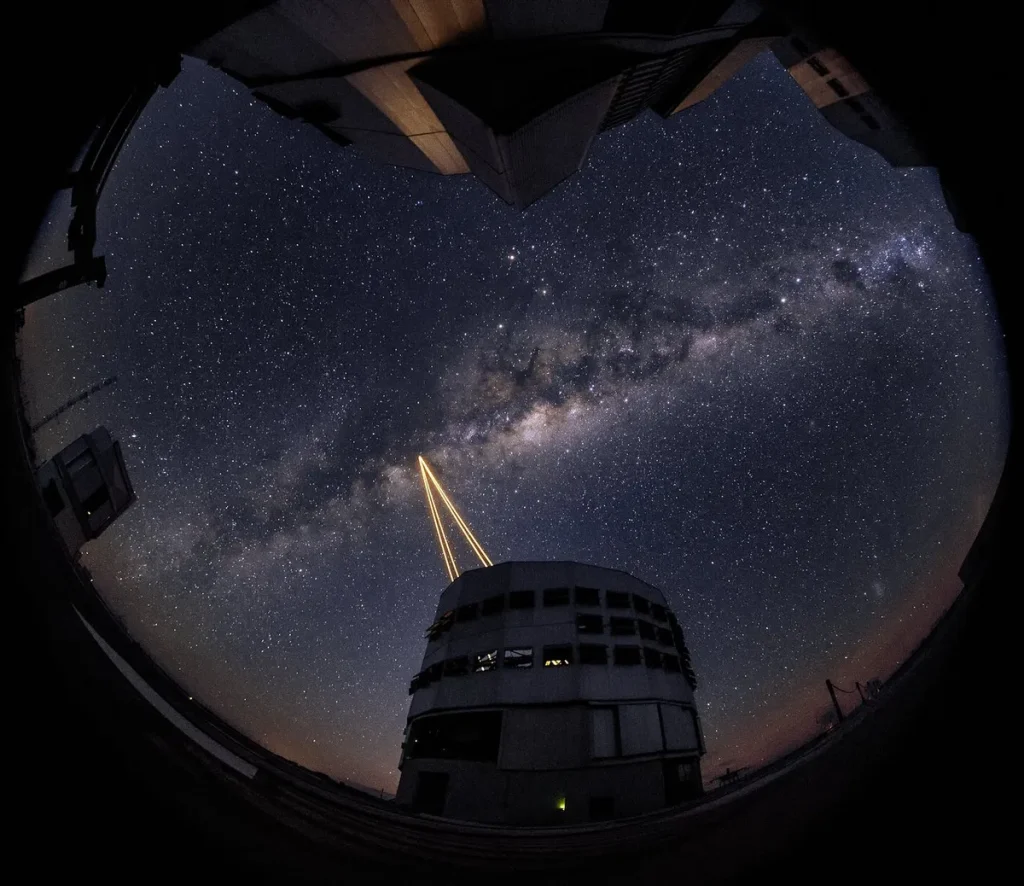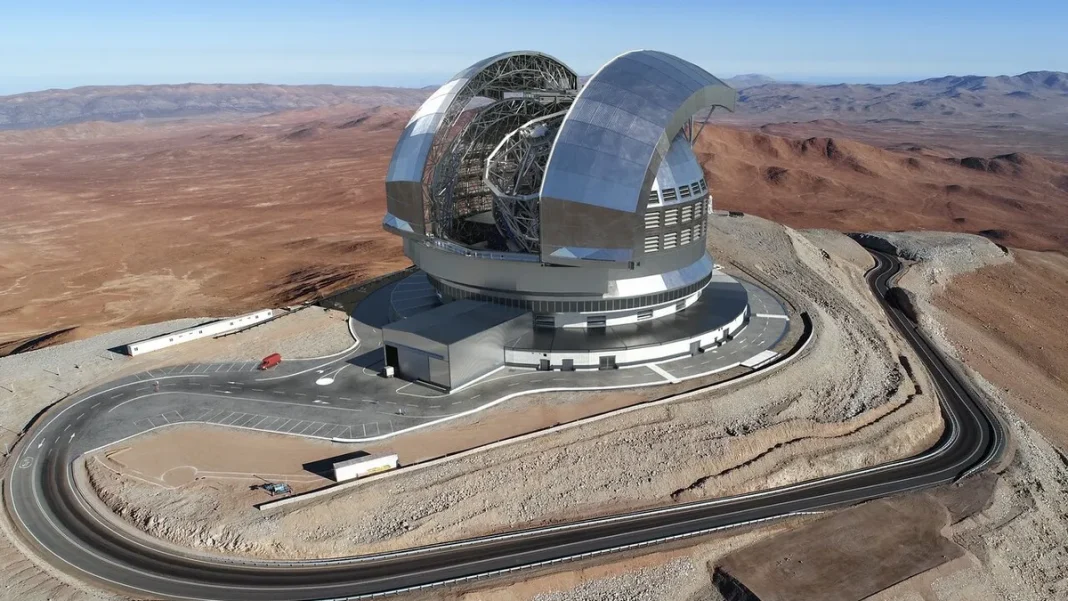Astronomers are raising red flags over a renewable energy project that could disrupt observations at one of the most advanced astronomical facilities on Earth. A proposed hydrogen production complex near Mount Paranal in Chile’s Atacama Desert, home to the European Southern Observatory’s (ESO) Very Large Telescope (VLT), is sparking concern due to its potential to increase light pollution in the area.
The U.S.-based AES Energy plans to construct the INNA project, a renewable hydrogen manufacturing facility, just a few kilometers from Mount Paranal. This development poses a significant threat to the pristine skies that make this site a world leader in astronomical research.
Why Mount Paranal Is Irreplaceable
Situated at an elevation of 2,664 meters (8,740 feet), Mount Paranal offers some of the darkest, clearest skies on the planet, thanks to the unique geography of the Andes mountain range. The region experiences minimal light pollution and nearly year-round clear skies, making it an ideal location for cutting-edge astronomical studies. Xavier Barcons, ESO’s Director General, warns that the planned hydrogen complex could increase the brightness of the sky by up to 10%, significantly diminishing the quality of observations.
“A 10% increase in sky brightness could transform this premier observatory into just another average site,” Barcons said.
The Legacy of the Very Large Telescope

The VLT, operational since the 1990s, has revolutionized our understanding of the universe. This $350 million facility (worth $840 million in today’s dollars) consists of four 8.2-meter telescopes working in unison. Over the years, the VLT has achieved remarkable milestones, such as imaging exoplanets, mapping the cosmic web, and observing stars near the Milky Way’s central black hole.
ESO’s success at Paranal has led to plans for a new observatory nearby—the Extremely Large Telescope (ELT). Scheduled to become operational by the end of the decade, the ELT features a 39.3-meter mirror and a $1.5 billion price tag. The telescope is expected to push the boundaries of astronomy by analyzing the atmospheres of exoplanets and exploring the farthest reaches of the cosmos. However, Barcons warns that the light pollution from INNA could undermine these ambitions, reducing the ability to study faint galaxies and exoplanet atmospheres.
The INNA Project: A Renewable Energy Giant
The INNA project aims to establish a 3,021-hectare industrial park that includes solar farms, wind farms, a battery storage system, and hydrogen production facilities. Expected to generate over 217,000 metric tonnes of green hydrogen annually, the $10 billion venture could produce light pollution comparable to a city of 20,000 people, according to ESO estimates. Some parts of the industrial park may lie as close as 5 kilometers (3 miles) from the observatory.
Barcons emphasizes that while ESO supports renewable energy, this particular project could easily be relocated. “A hydrogen plant like this would function just as well 50 kilometers [31 miles] away,” he said. “There’s no reason it needs to be so close to Mount Paranal.”
A Clash Between Sustainability Goals
ESO itself has taken steps toward sustainability, such as building a 9-megawatt solar power plant to power its observatories. However, preserving the unparalleled observational capabilities of Mount Paranal remains a priority.
In 2023, Chile introduced regulations to limit stray light emissions, aiming to protect the country’s globally significant astronomical sites. Yet, Barcons believes more stringent measures are necessary, particularly around the Atacama Desert, to ensure the region’s scientific potential isn’t compromised.
What Lies Ahead
AES Chile, a subsidiary of AES Corporation, submitted an environmental impact assessment for the INNA project in December 2024. The Chilean Environmental Impact Agency is expected to hold public consultations before reaching a decision. AES Chile stated its commitment to collaborating with local communities and prioritizing environmental sustainability, but it has not provided details about potential site adjustments.
For astronomers, the stakes are high. The skies above Mount Paranal are unmatched, offering a view of the universe that cannot be replicated elsewhere. As Barcons succinctly puts it, “Mount Paranal is unique, and it cannot share space with an industrial complex of this magnitude.”

